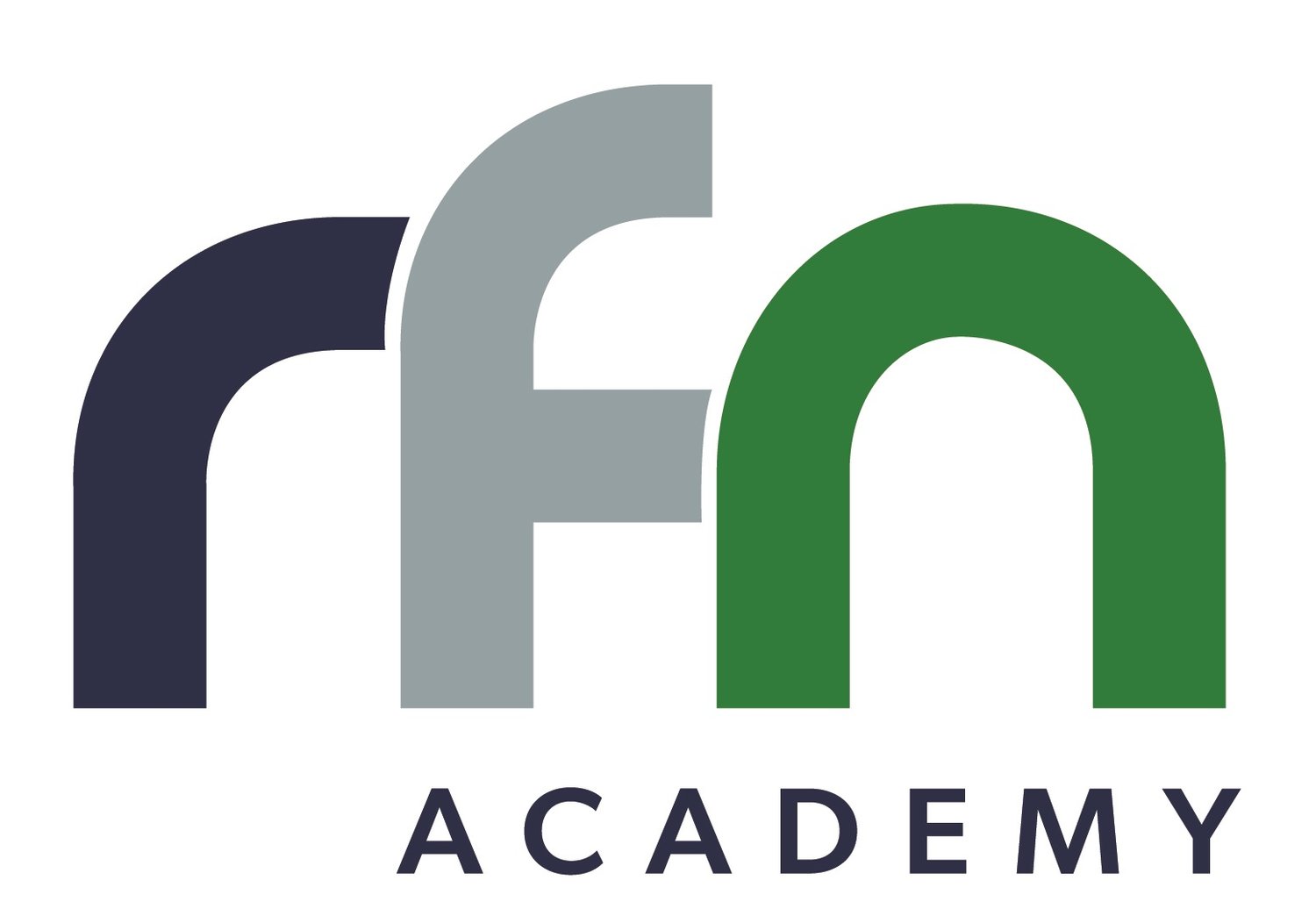All the world’s a stage but that doesn’t mean people want a performance
In RFN Academy’s Diversity and Inclusion course, instructor Felicia Johnson of the Gatson Group talks about the critical role allyship plays in determining the success of corporate DEI policies.
Allyship, Felicia tells us, describes the kind of active empathy and support we provide to members of a marginalized or minority group even though we may not identify with that group. For example, men can be allies to women and gender nonconforming individuals, and white folks can be allies to black, indigenous or other people of colour (BIPOC). What can be tricky about allyship however, is the active part. It is one thing to know people deserve fair and equal treatment or be aware of the oppression and marginalization someone else faces. It is an entirely separate thing to do something about it.
Allyship is so integral to the success of diversity, equity, inclusion and belonging initiatives because it is how we communicate and demonstrate our support to one another. It is collectively sharing in the responsibility of addressing harmful actions so the burden of proof doesn’t fall solely to the affected individual. Leaders must model allyship, but all other levels of an organization must buy in for a workplace to be truly inclusive and safe for all.
Dannie Lynn Fountain, author of the 2022 book, Ending Checkbox Diversity: Rewriting the Story of Performative Allyship in Corporate America, has a lot to say on the topic of allyship. She explores how the current structure of corporate DEI lends itself to the continued oppression of marginalized folks. She poses the question, “what do you do when your company claims to care about diversity, equity and inclusion (DEI), but is also incredibly successful at discriminating against or ignoring your identities?” 1
What Fountain is referring to here, is performative allyship. Let’s say you witness a co-worker being belittled by another co-worker about a feature or characteristic you do not have in common. It could be related to gender, weight, race, disability, you name it. Passive allyship is clocking that interaction as inappropriate but being too uncomfortable or unwilling to get involved to say anything. Regardless of your intent, your silence is interpreted by both the perpetrator and recipient as indifference and therefore, permission. As harsh as it sounds, if you aren’t stopping it, you are permitting it.
Active allyship is making it clear you believe those kinds of comments are inappropriate and unwelcome in the workplace. You actively align yourself with the individual being targeted and leave no room for your actions to be misinterpreted as permissive. The recipient feels seen and protected while the other co-worker hopefully thinks twice about engaging in said behaviour again. You’ve helped make your workplace safer for others.
Performative allyship, on the other hand, is almost worse than no allyship. It can look like publicly taking a stand against problematic behaviour online or at a conference and then allowing or actively engaging in said behaviour behind the scenes. It is especially insidious because it can be incredibly difficult to identify and address. This kind of workplace almost certainly sees high rates of attrition from underrepresented employees who feel powerless to do anything about the unfair and unequal treatment they experience.
“From the outside looking in, DEI initiatives are on trend; they make for great PR fodder and really separate the inclusive companies from the outright discriminatory ones. That’s not actually the case though. DEI is rarely a true priority, rarely receives equitable capital investment and rarely has consistent and unilateral leadership buy-in. As a result, DEI initiatives are underfunded, underreported, and generally have underwhelming performance as a result, all while companies continue to discriminate against and actively harm their underrepresented employees.”2
Fountain helps readers understand the problem of performative corporate allyship – and how to avoid it – by blending history, concrete examples, personal anecdotes and clear metrics for evaluating DEI in your workplace. Business owners, people leaders and employees can all benefit from this well-informed guide for how (and why) to chase meaningful DEI based in respect for humanity, rather than profit.
To this last point, Canadian writer Jamie Arpin-Ricci issues a warning: “allyship born of heroism – not altruism – will ultimately be performative and harmful.” Our reasons for being allies are as important as actually doing so. Leaders must want to provide a safe workplace for their people, because it is right, not just because it improves innovative performance or our brand image. Anything less and employees, especially young ones, will know and seek greener pastures at companies truly committed to their holistic wellbeing.
For information about how to be an active ally and implement meaningful DEI initiatives, we recommend the following resources.
FOR OWNERS
RFN Academy’s Diversity and Inclusion program – a comprehensive look at how diversity, inclusion, equity and belonging directly influences your business outcomes in our increasingly globalized world.
The Power of Understanding Diversity, Equity, Inclusion and Belonging – an introduction to the foundational concepts of DEI.
Diversity and Inclusion Onboarding program – help new and existing employees succeed on a diverse team. This program is a first step to implementing diversity and inclusion practices that are accessible and meaningful for employees.
FOR ADVISORS
RFN Academy’s Diversity and Inclusion program – a comprehensive look at how diversity, inclusion, equity and belonging directly influences your business owner clients’ outcomes in our increasingly globalized world.
1 Fountain (13)
2 Fountain (14)
